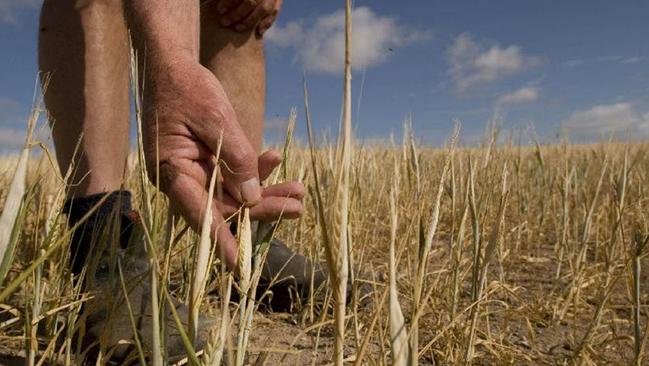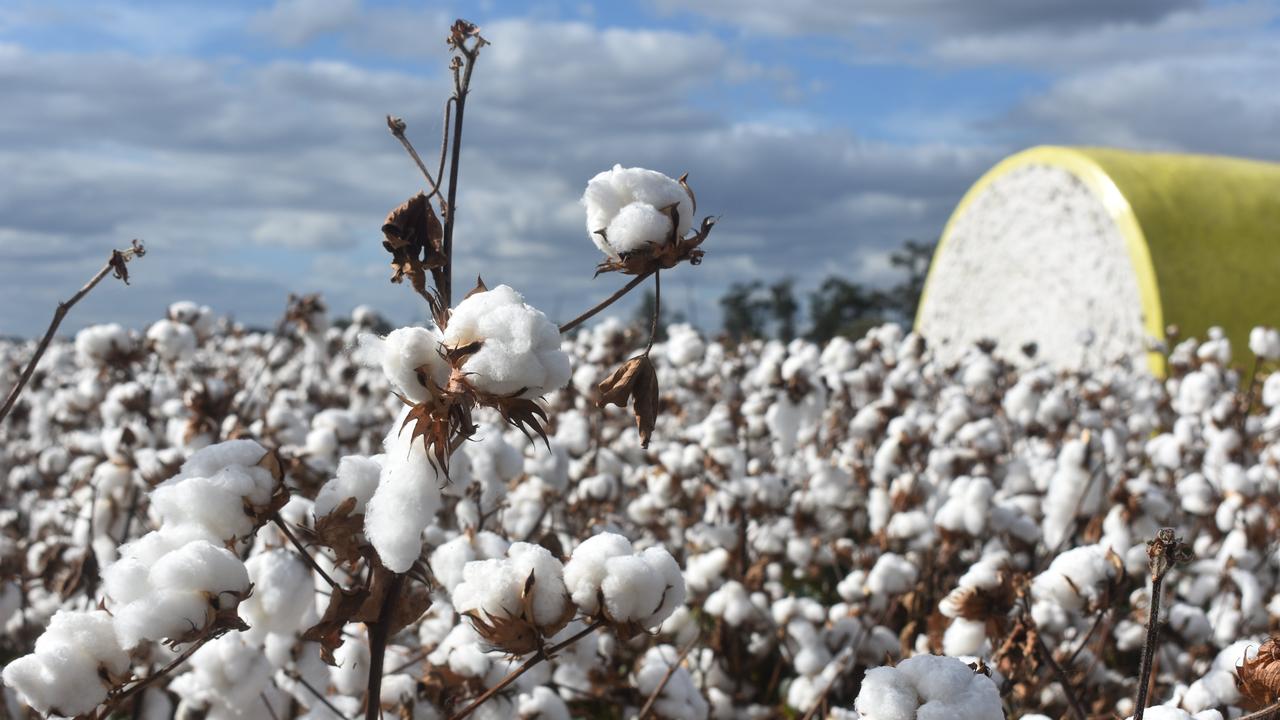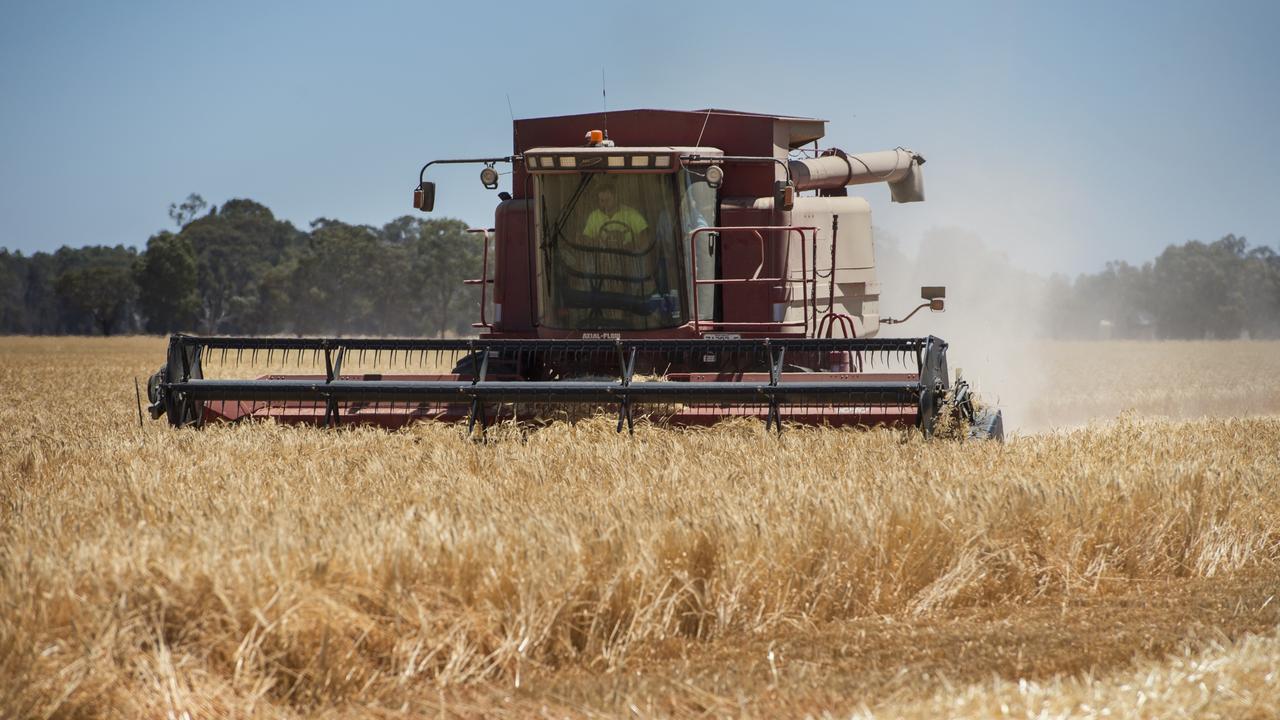Scramble for hay as dry season bites into yields
HAY yields are tipped to be below average in much of Victoria this season as dry conditions bite into fodder stocks.

HAY yields are tipped to be well below average in much of Victoria this season as dry conditions bite into fodder stocks.
High-protein hay is expected to be in particularly short supply and export prices have increased, adding further pressure to the domestic market.
This may see some livestock producers switch into other forms of high-protein feed, such as grain or canola meal.
Jumbuck Ag consultant Colin Peace said hay supply was greatly reduced this year because of the effect of poor crops in three key production areas.
“The Wimmera and Mallee crops are failing and now the silage and hay pasture supplies from the south west of Victoria are down to about half of their normal production,” Mr Peace said.
Southwest Victoria dairy farmers have told The Weekly Times they are scrambling to secure hay supplies as silage yields have dropped by up to 50 per cent and many are choosing not to cut pasture hay due to the dry season.
READ MORE: Heat is on the season
Australian Fodder Industry Association industry development manager Caitlin Scholfield predicted cereal hay yields would be below average this year.
“But that said, there is still a bit of carry-over hay about from 2013,” she said.
“It really varies, in some areas, like western Victoria.
“Hay yields are struggling and well below average, by up to 70 per cent for vetch in some small areas, but many other areas are having an average year, so it is hard to tell at this point.”
Mr Peace said a recent jump in export prices, which had increased middle-grade hay by about $40/tonne from the price a few months ago, would soon trickle down to domestic values.
READ MORE: Harvest heats up in Victoria
He said the export price, which was mainly oaten hay, was being driven by the lower Australian dollar and recent rain in Western Australia that downgraded that state’s hay crop quality.
Hay contractor and Rochester grower Alex Peacock said his first cut of lucerne had “come up well”, but baling in the Mallee had been “fairly ordinary in terms of quantity, but quality was OK”.
He said exporters had been buying cereal hay in his district and prices, depending on quality, were about $260/tonne for best quality oaten hay, and down to $100/tonne for the poorest.
Wheaten hay was being exported at about $220/tonne.
READ MORE: Dry raises grass fire risk: CFA
As for how much these prices would influence domestic demand and prices going into the season, Mr Peacock said it was “a bit early to tell”.
“But you’d think there won’t be a lot of fodder hay available,” he said.
Asked whether widespread hay shortages were likely, Ms Scholfield said it was “too early to tell at this stage”.
“But we do think yields will be down on average,” he said. “(High) protein hay will be short.”
High irrigated water prices were also affecting how much protein hay, such as lucerne, would be grown, she said.
On the availability of straw, Ms Scholfield said it was “too early to tell, but in the north central they will get decent straw yields, but in western Victoria, yields will be down”.
She said the opening prices for top grade hay were comparable with 2013 prices.


